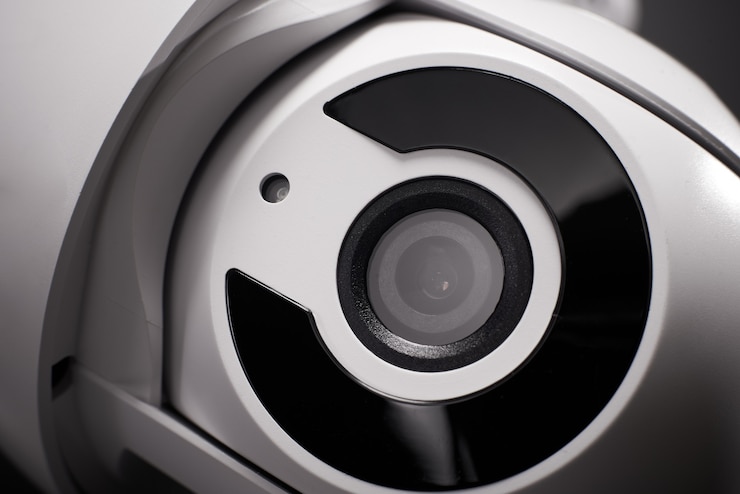NDI is a technology developed by NewTek that enables real-time, low-latency video transfer over IP networks. It allows video devices to communicate and share video over standard Ethernet networks. Full NDI refers to complete support for the NDI protocol, while NDI|HX refers to a higher-performance version of the protocol. The PTZ features of NDI cameras allow for remote control of the camera’s position and zoom, enabling the user to easily adjust the camera’s view to capture a desired shot.
What exactly is NDI?
NDI stands for Network Device Interface, which is a NewTek advanced technology. It is a royalty-free protocol that enables video-compatible products to communicate, deliver, and receive high-definition video over regular Ethernet networks. NDI PTZ camera allows video devices to share the video across a network, making it easier to use multiple cameras, video mixers, and other video production tools in a live video production environment. This makes it possible to produce high-quality live video without the need for dedicated video cabling. The NDI setup allows for the seamless integration of multiple video sources into a single IP-based production workflow.
How do full NDI and NDI|HX differ?
NDI (Network Device Interface) is a video-over-IP transmission feature that allows video signals to be distributed across an IP network. NDI|HX is a higher-performance version or advanced version of NDI that offers better image quality and lower latency compared to ordinary NDI.
The main difference between full NDI and NDI|HX is that the latter uses a more efficient compression algorithm and provides a higher video bandwidth, allowing for better video quality and smoother video transmission. Additionally, NDI|HX is also optimized for use with high-resolution displays, making it ideal for applications that require higher image quality and lower latency.
NDI|HX vs. full NDI
Full NDI
- The standard implementation of the NDI technology;
- Suitable for lower-budget projects or less robust networks;
- Support for a range of systems and devices;
- Lower video quality compared to NDI|HX;
NDI|HX
- Improved version of the NDI protocol;
- Higher video quality and reliability compared to Full NDI;
- Requires a more advanced network setup;
- More suitable for high-end production environments and high-quality video applications;
In summary, NDI|HX provides higher quality and more reliable video transmission compared to Full NDI but requires a more advanced network setup. Full NDI is a good choice for lower-budget projects or if your network is not as robust.
Here is a comparison table between NDI|HX and Full NDI
| S.No | Feature | NDI|HX | Full NDI |
| 1 | Efficiency | High | Moderate |
| 2 | Compression | Improved | Moderate |
| 3 | Latency | Low | Moderate |
| 4 | Video Quality | High | Moderate |
| 5 | Performance | Improved | Moderate |
| 6 | Wider Adoption | Growing | Established |
Which of the full NDI and NDI|HX PTZ cameras should I buy?
Following are some key points to consider when choosing between NDI and NDI|HX PTZ cameras:
1. Video Quality
NDI|HX provides higher video quality than NDI, so if image quality is your top priority, you may want to consider an NDI hx camera.
2. Latency
NDI|HX also provides lower latency compared to NDI, which is important if you need real-time video.
3. Network Infrastructure
Both NDI and NDI hx camera uses standard Ethernet networks, but you’ll need to make sure that your network infrastructure can support the bandwidth requirements of the cameras.
4. Cost
NDI|HX cameras tend to be more expensive than NDI cameras, so you’ll need to factor this into your budget.
5. Features
Consider what features you need in a PTZ camera, such as zoom, pan, tilt, autofocus, and image stabilization, and ensure that the camera you choose provides those features.
6. Compatibility
Make sure that the camera you choose is compatible with the other equipment you’ll be using it with, such as encoders, decoders, and streaming software.
7. Support
Consider the level of support that you’ll need for your camera and whether the manufacturer provides adequate technical support and software updates.
8. CPU Usage
If you have limited processing power, you may want to consider NDI|HX PTZ cameras, as they use less CPU compared to Full NDI cameras.
Final touch
Ultimately, the choice between NDI|HX and full ndi ptz cameras depends on several factors, including the quality of video transmission required, the resolution desired the available network bandwidth and the budget. It’s important to carefully consider these factors and evaluate the specific needs and requirements of your project to determine which type of camera would be the best fit for your application.
Kindly provide feedback on the usefulness of this article for you.
































































